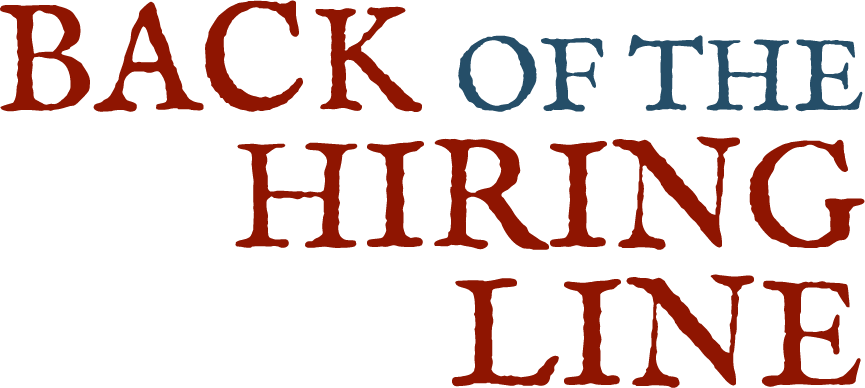IN THE NEWS:
In 1853, Frederick Douglass wrote of cities in the North:“Every hour sees the black man elbowed out of employment by some newly arrived emigrant, whose hunger and whose color are thought to give him a better title to the place."
With only a handful of interruptions, black workers have faced the same situation for nearly two centuries — mass immigration of foreigners whom employers prefer to black workers, pushing them to the back of the hiring line.
As it happens, “Back of the Hiring Line” is the title of a new book by Roy Beck, president of Numbers USA, the premier citizen-action group working to reduce immigration. The book traces, as its subtitle promises, “a 200-year history of immigration surges, employer bias, and depression of black wealth.”.......Beck’s core message is that a tight labor market is the most practical means to improve the conditions of all marginalized Americans, non-college-educated black workers most of all. The brief immigration pause forced by World War I was “proof of concept,” with the absence of European immigrant workers sparking a huge northward migration of black southerners.With mass immigration surging back as shipping lanes reopened after the war, Congress reduced the flow via the Immigration Act of 1924. Given that the law was partly shaped by the racialist hokum that was the style at the time, it is ironic that it became the single greatest engine of black progress in American history.
Beck quotes Fortune magazine’s reporting that “after the immigration laws choked off the European labor supply. . . . Labor agents roamed the South, promising the moon or better.” Poor blacks — and whites — streamed out of the South to fill jobs that were previously unavailable to them.
This was illustrated (literally) by artist Jacob Lawrence, who captioned one of the panels of his series on the Great Migration: “All other sources of labor having been exhausted, the [southern black] migrants were the last resource.”.......coming from a center-left perspective, Beck argues for what you might call a “preferential option for black Americans” in the consideration of immigration policy. He answers the question posed by the title of his final chapter — “Prioritize the Descendants of Slavery?” — in the affirmative:Yes, there should be a priority of attention to those African Americans who have been left out of — or discarded by — the economy of the last half century. . . . Yes, there are reasons rooted in the 165 years since the end of slavery why we should make sure that immigration decisions don’t harm the ability of struggling African Americans to enjoy the dignity of work and the fruits of their labor as they climb up the jobs ladder and build wealth.
Read the full column here:
https://www.nationalreview.com/2022/02/black-jobs-matter/


